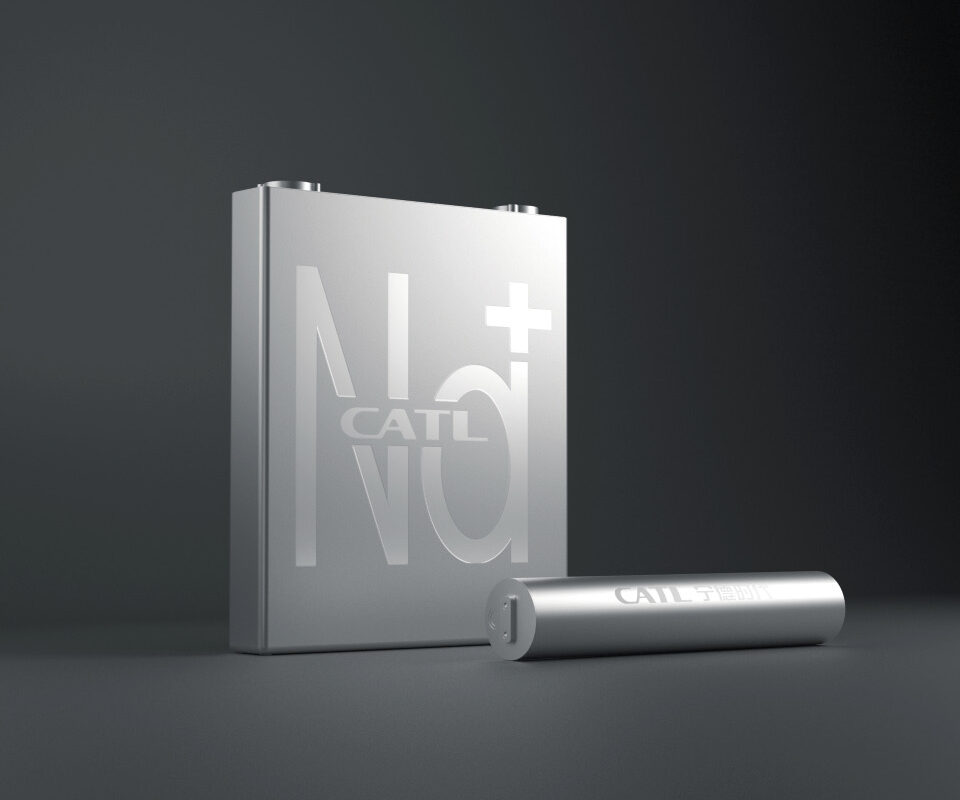Residential and commercial PV has so far seen limited growth in the Philippines, despite the country having a net metering scheme in place for PV installations up to 100 kW in size since July 2013.
The reasons for the slow development can be found, according to a report published by the U.S.-based Institute for Energy Economics and Financial Analysis (IEEFA), in a series of administrative, financial and regulatory hurdles that are preventing Philippine homeowners and small and medium-sized enterprizes from installing rooftop solar.
The three main challenges, according to IEEFA analysts, are the net metering policy, difficult access to affordable financing and complicated approval processes, while the main drivers for future growth are expected to be high electricity prices and frequent power shortages. The authors of the report also highlighted the costs of rooftop solar in the Philippines range from PHP2.50 ($0.046) per kWh without financing expenses, to PHP5.3/kWh when such costs are included.
On the regulatory front, major hurdles are represented by Distribution Impact Study and Distribution Asset Study requirements, which may result in additional costs ranging from PHP1,700-40,000 and higher than 70,000, respectively, depending on the utility. “Such studies add 10% to the cost of a typical household 1 kW system but create zero value,” IEEFA experts said, recommending the removal of the fees and requirements as well as those imposed by regional authorities.
Net metering limit is years out of date
As for the net metering regime, the authors of the report found the pricing methodology adopted by the Energy Regulatory Commission (ERC) has not been improved since 2013. The methodology, based on the amount of electricity exported into the grid, undervalues solar rooftop generation, according to the report.
IEEFA's analysts say the 100 kW limit is now anachronistic and report VECO – the country’s second largest utility – is allowing PV installations above the limit to inject excess power into its grid, which suggests a model that could be followed by legislators, the Department of Energy and the ERC.
“Net metering should be net billing, which will allow qualified end-users to generate electricity from solar rooftops for their own use and either sell any excess energy to the distribution utility at current wholesale prices or be credited as an avoided cost – while purchasing power at the retail rate of [the] distribution utility,” the report notes.
Regarding difficult financing conditions, IEEFA said funding for rooftop PV should move from a capital-expense model into an operating-expense set-up, ensuring businesses have an investment return within six to eight years while putting capital into their core business instead. Long-term, mid-sized leasing solutions – currently difficult to adopt as they are subject to heavy taxation – are cited as a possible source of more affordable financing.
According to recent figures published by the ERC, there is only 10 MW of installed solar capacity under net metering in the country, from around 1,400 customers. According to the latest Department of Energy statistics, the Philippines had a cumulative installed PV capacity of around 885 MW at the end of 2017. Most of this is represented by large scale solar projects installed under the FIT scheme, or through auctions by utilities.
This content is protected by copyright and may not be reused. If you want to cooperate with us and would like to reuse some of our content, please contact: editors@pv-magazine.com.




1 comment
By submitting this form you agree to pv magazine using your data for the purposes of publishing your comment.
Your personal data will only be disclosed or otherwise transmitted to third parties for the purposes of spam filtering or if this is necessary for technical maintenance of the website. Any other transfer to third parties will not take place unless this is justified on the basis of applicable data protection regulations or if pv magazine is legally obliged to do so.
You may revoke this consent at any time with effect for the future, in which case your personal data will be deleted immediately. Otherwise, your data will be deleted if pv magazine has processed your request or the purpose of data storage is fulfilled.
Further information on data privacy can be found in our Data Protection Policy.